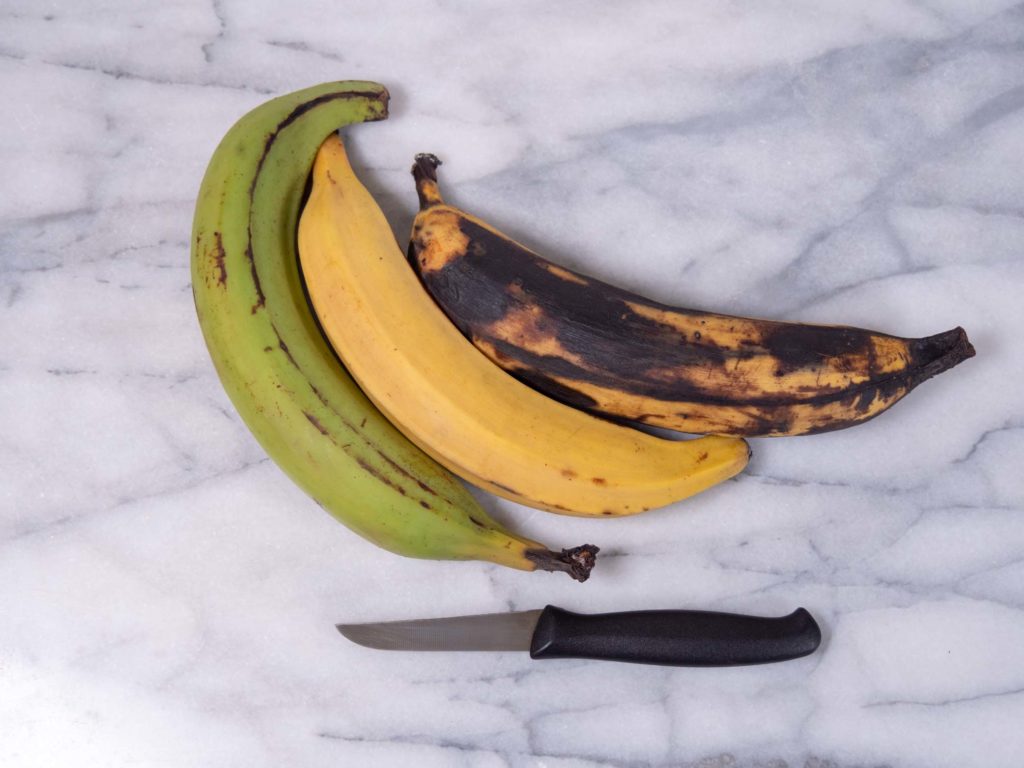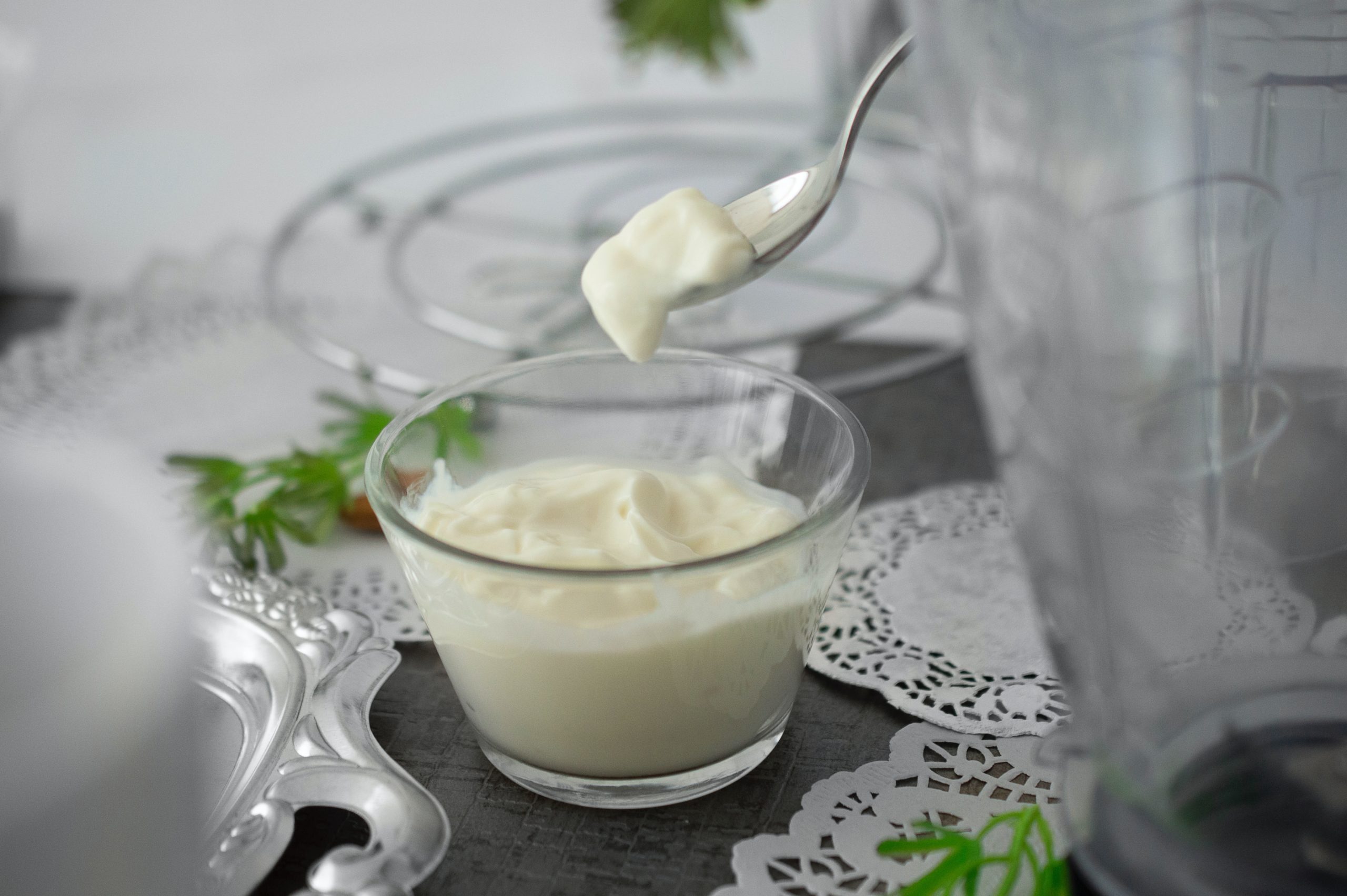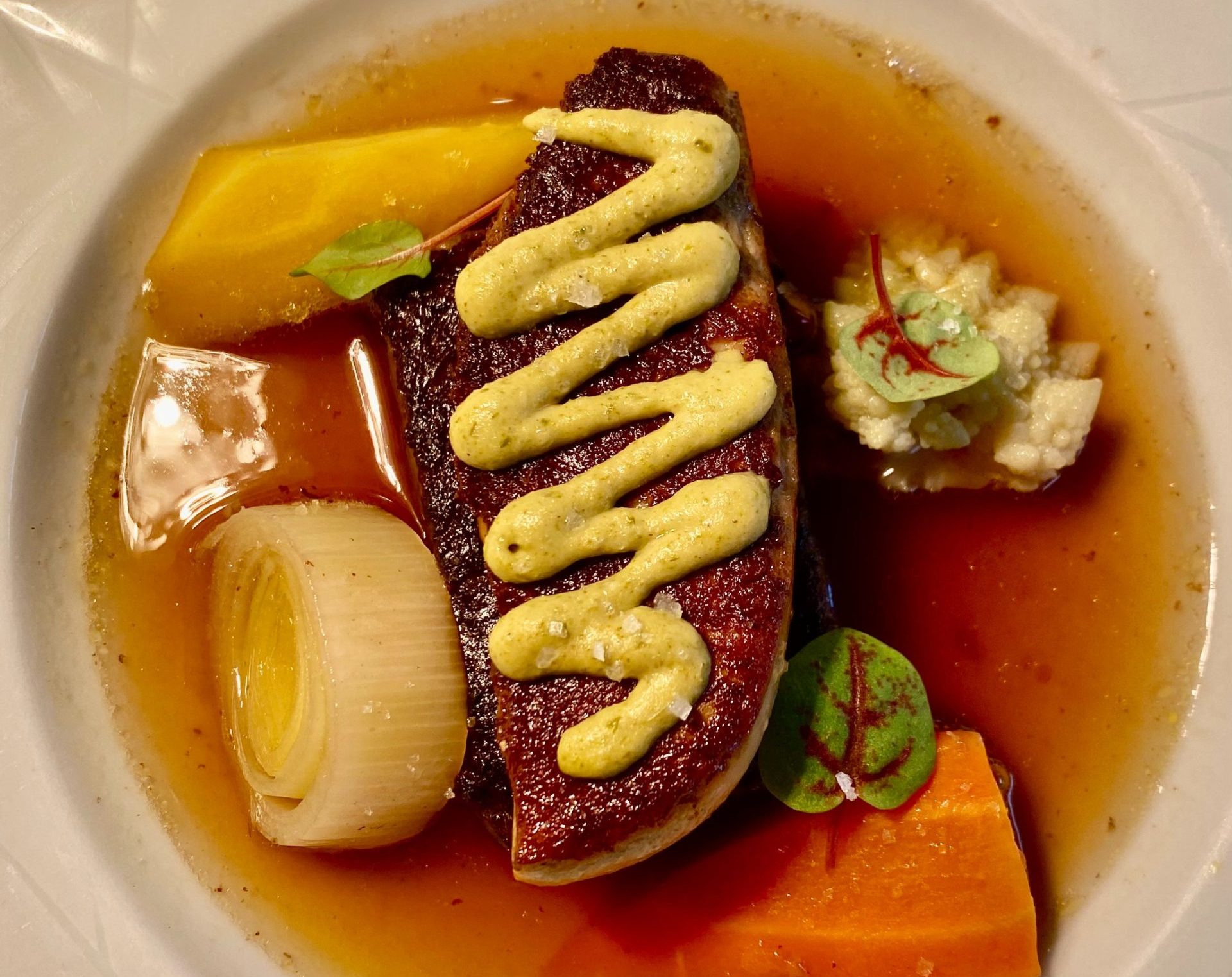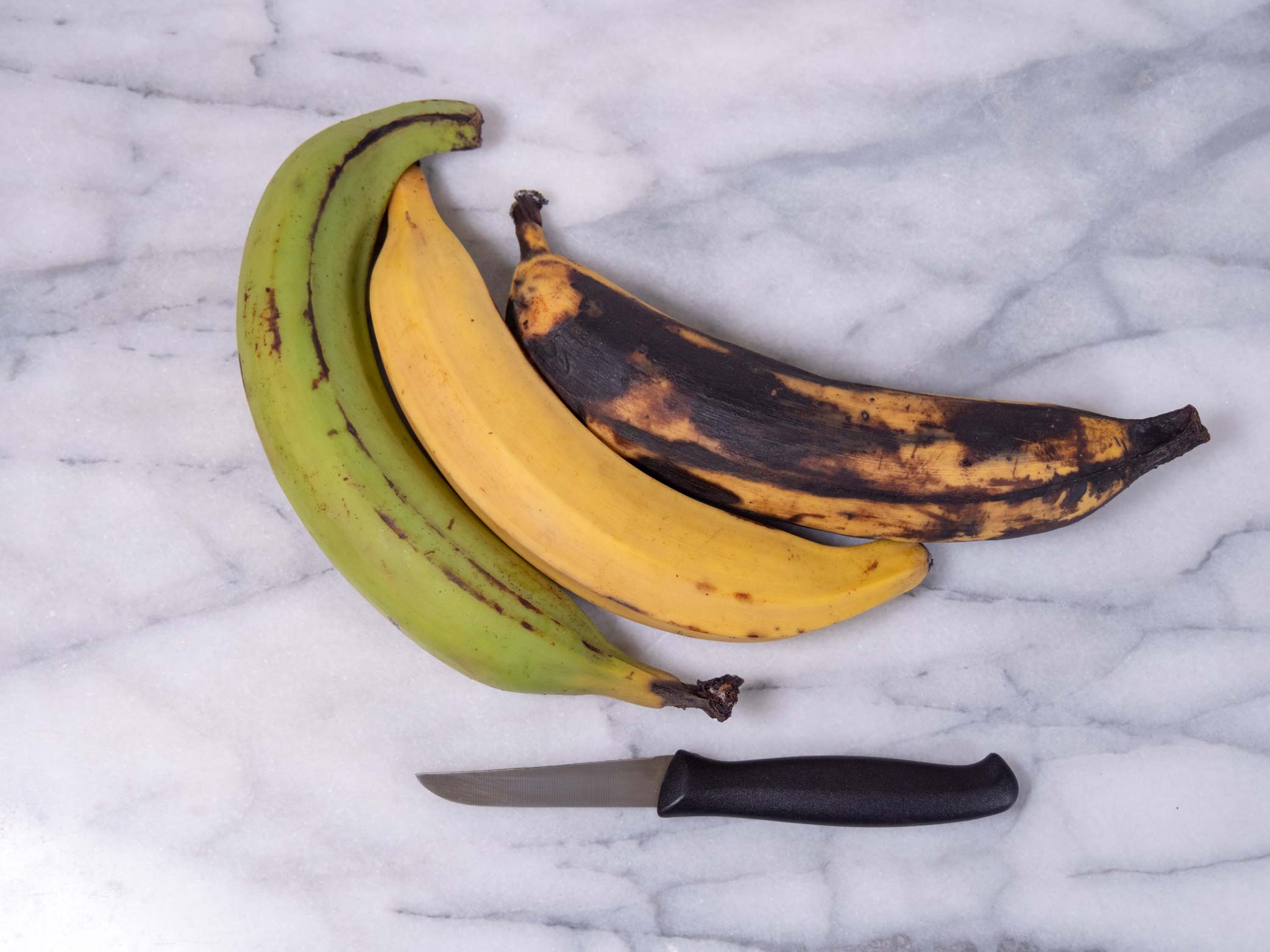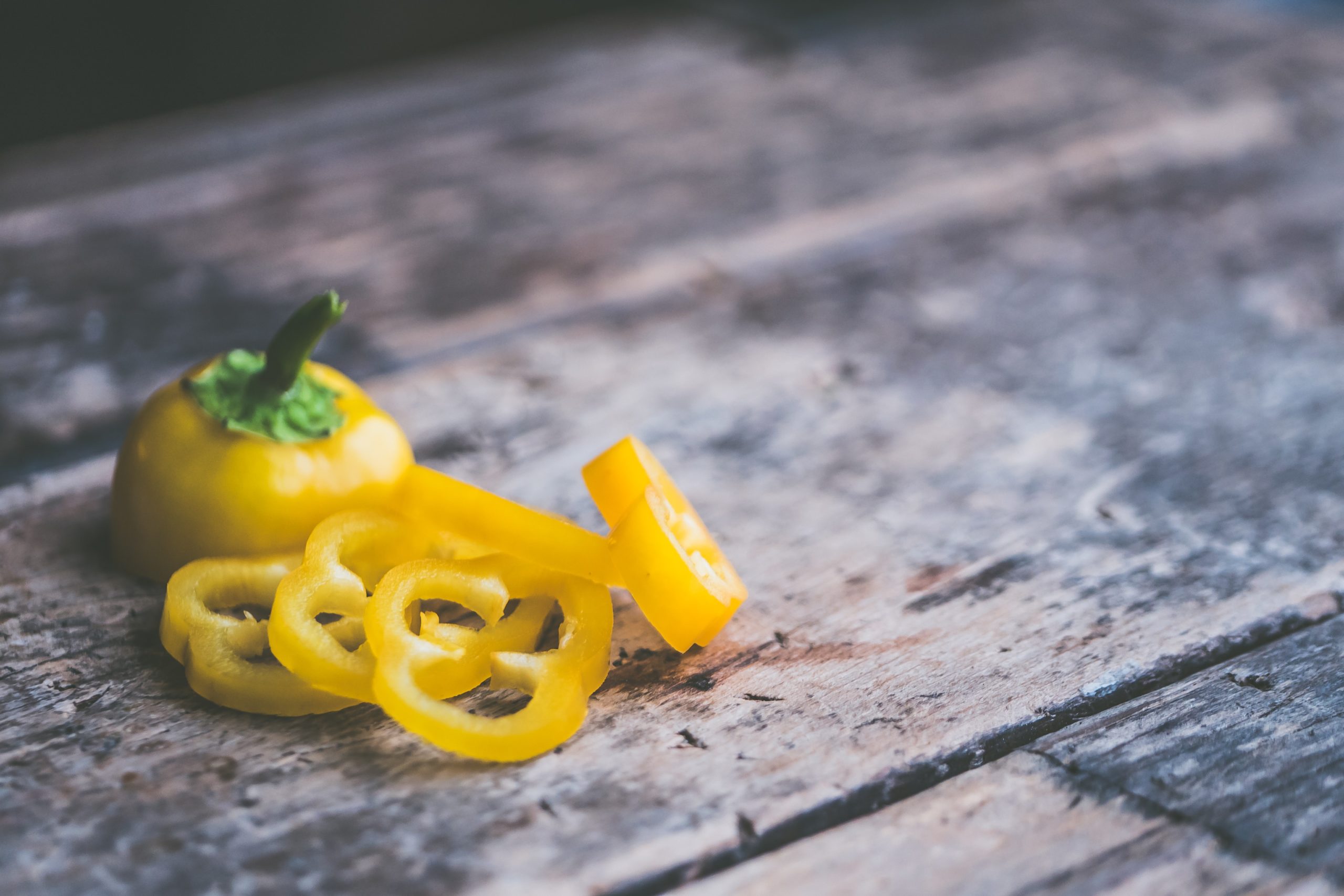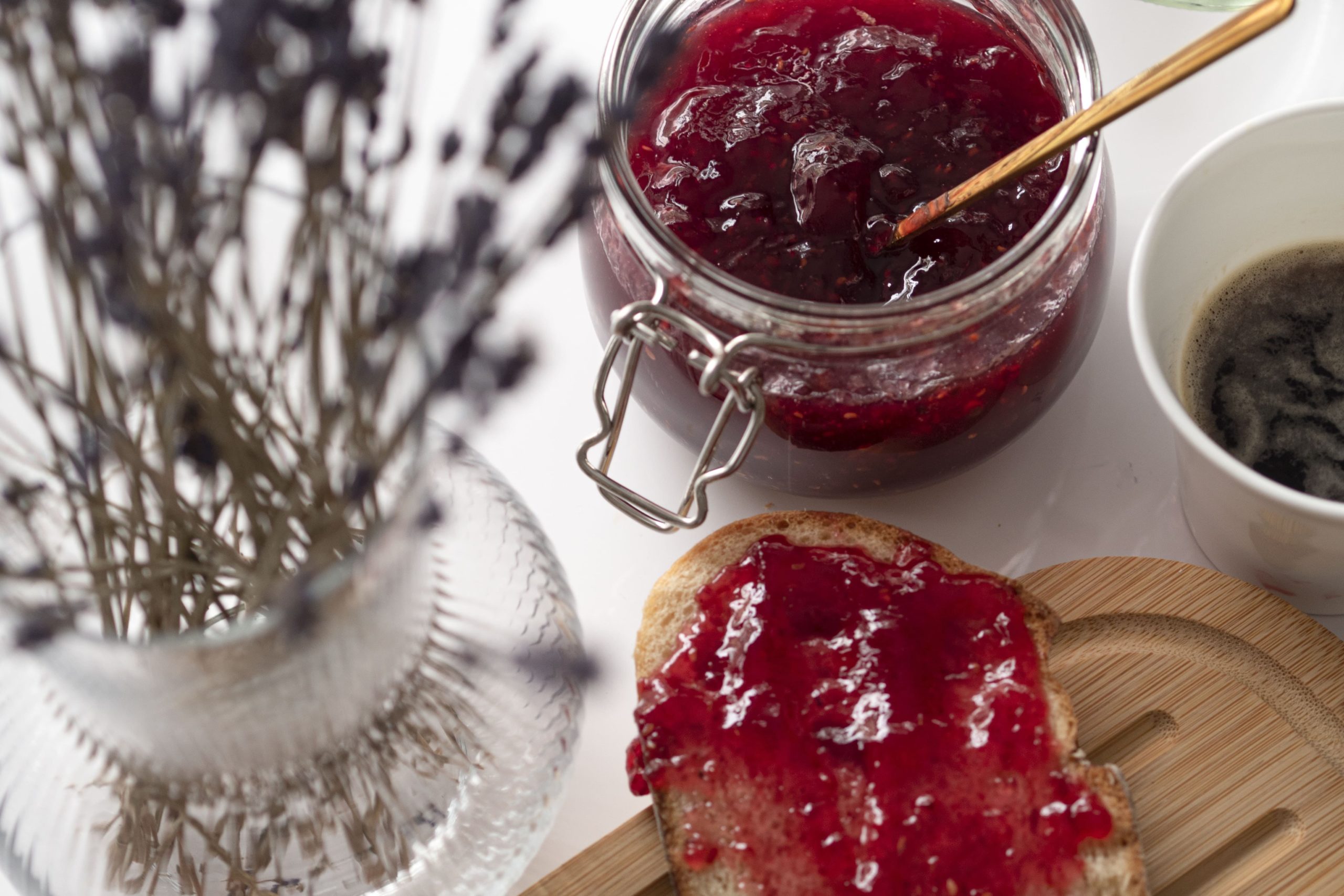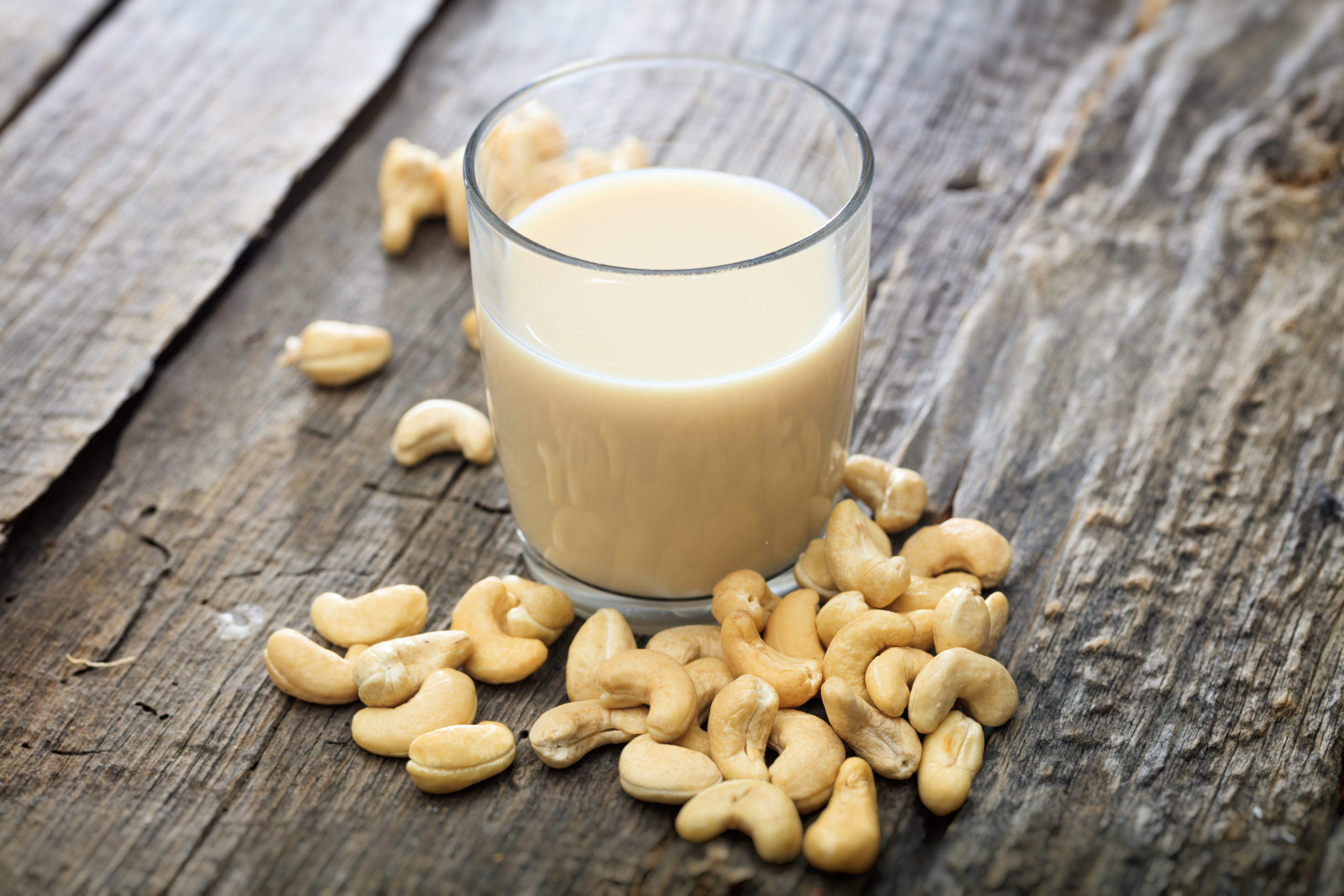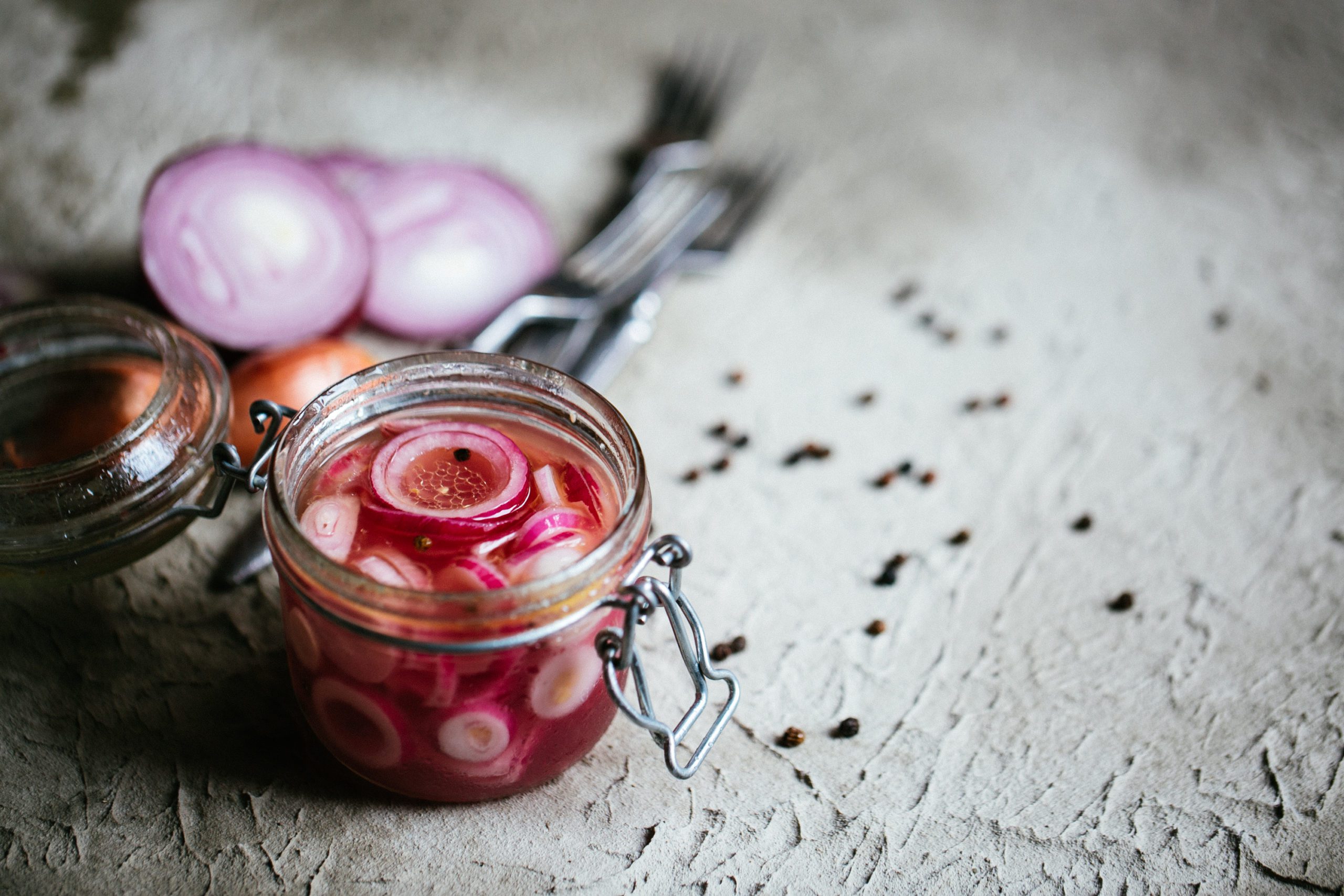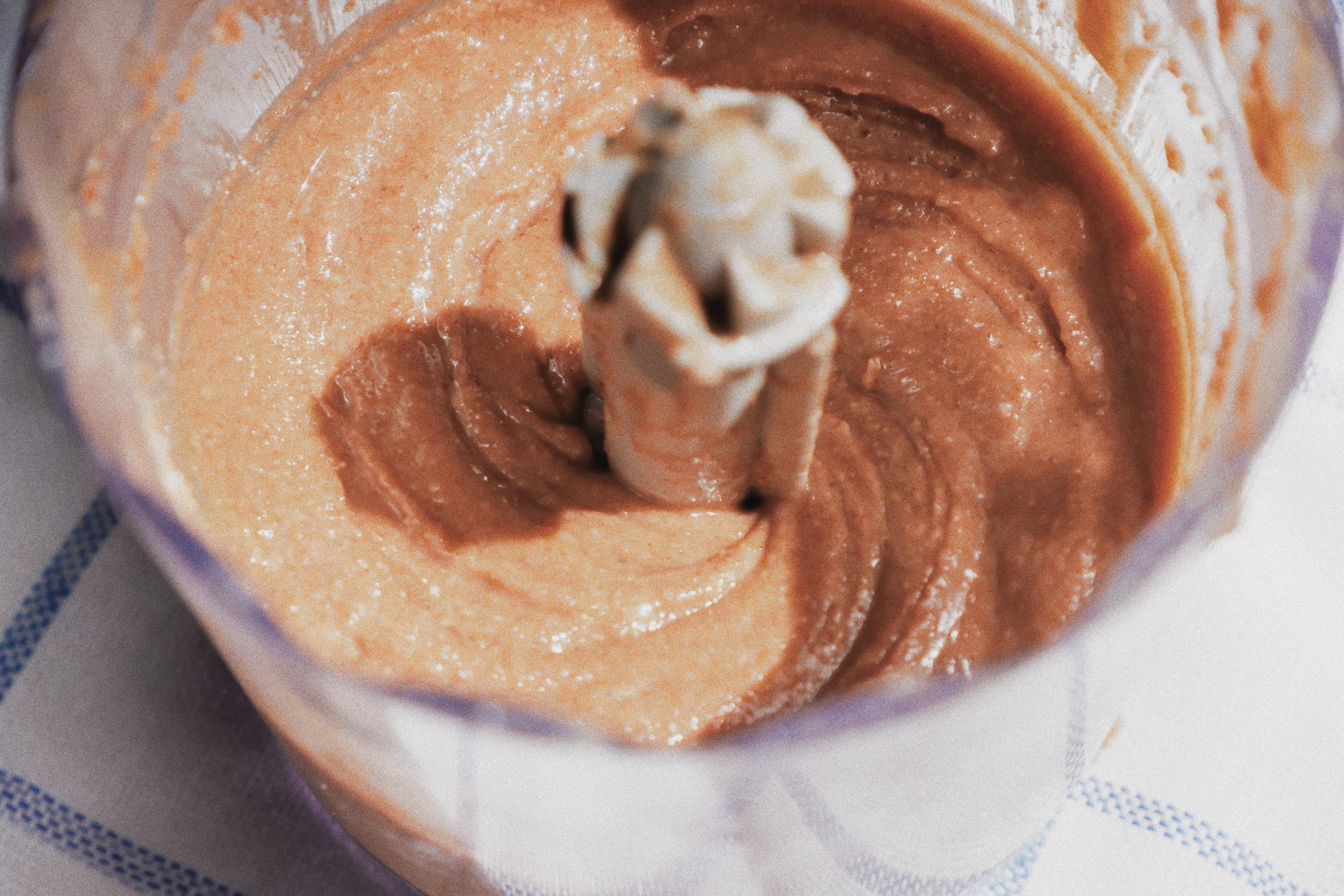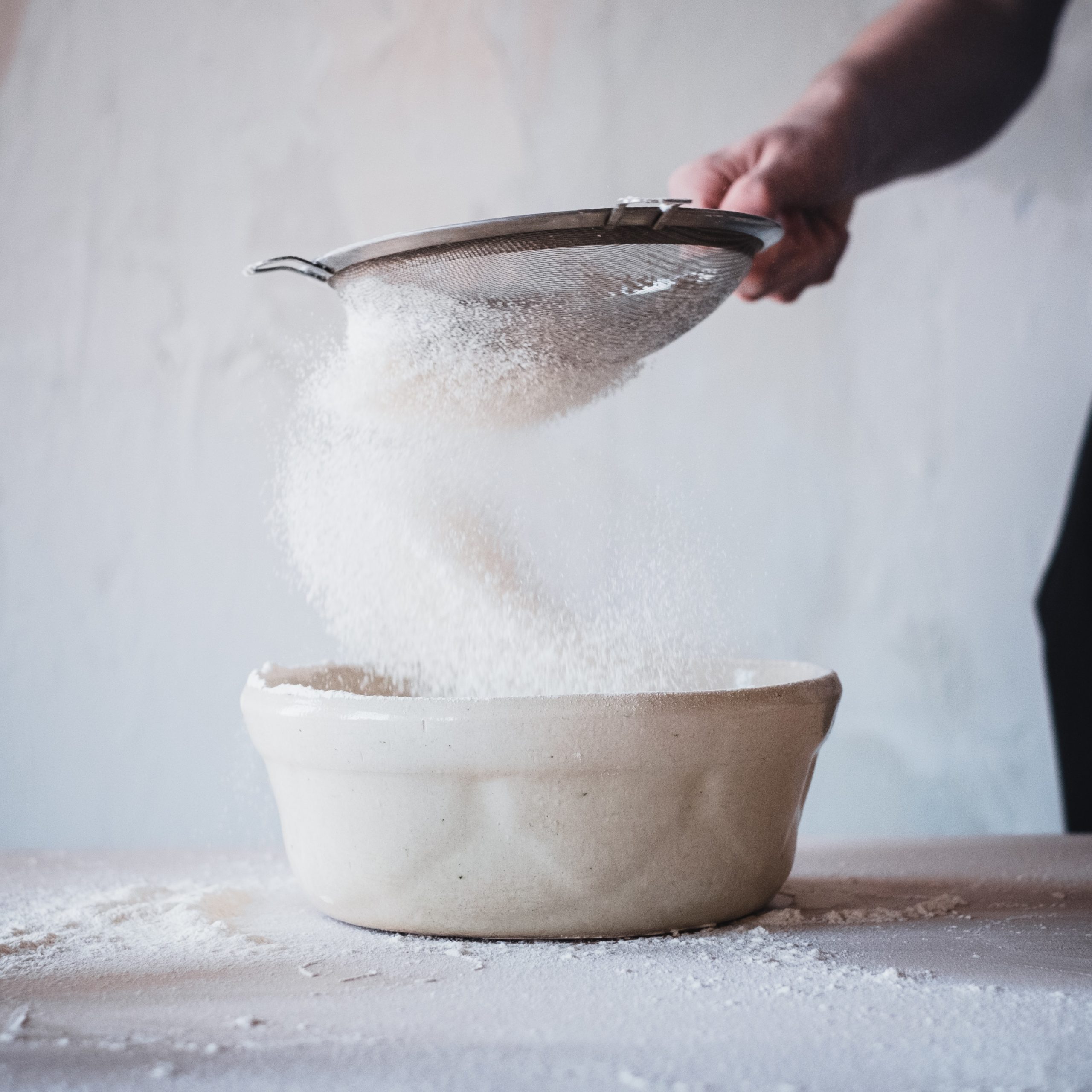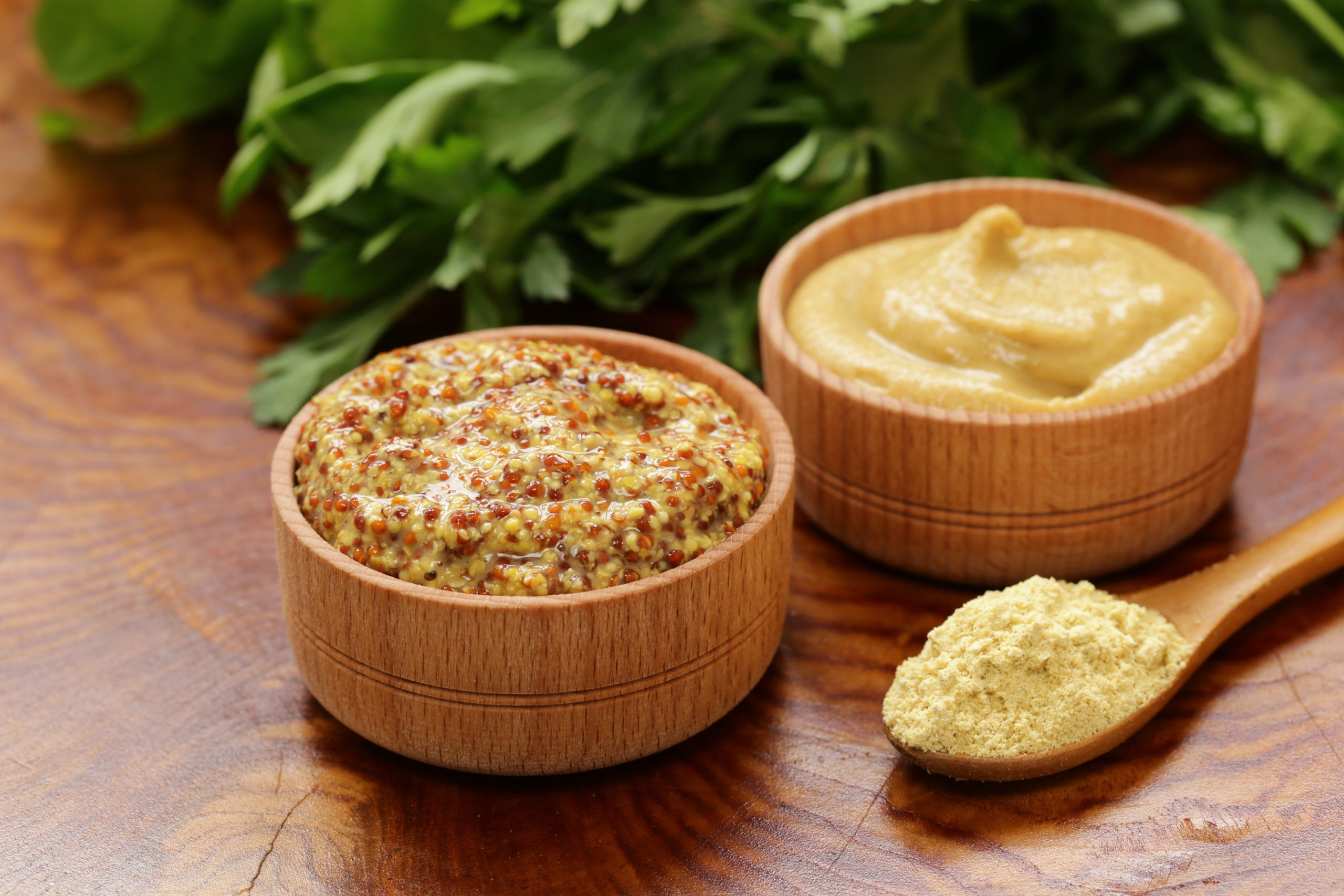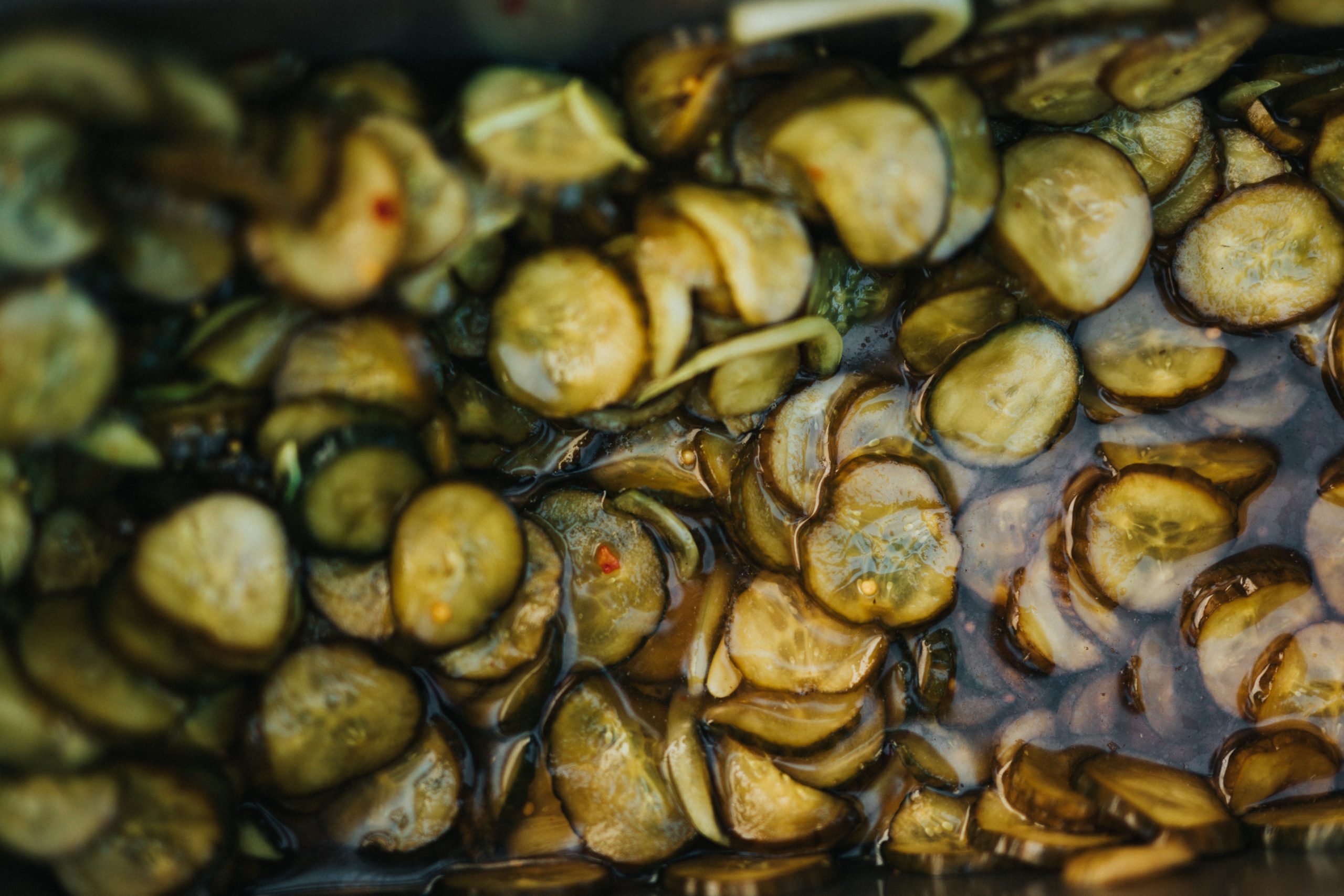Freezing plantains is a great way to have them on hand when you need them. However, if done incorrectly, they may end up turning brown, mushy, and freezer burnt. The good news is it’s quite simple to do.
To freeze plantains correctly, you will need a few simple items:
- Your plantains (obviously)
- Parchment paper
- Freezer bags or an airtight container
- Lemon juice
- Salt
- A sharp knife
- A baking sheet or large plate
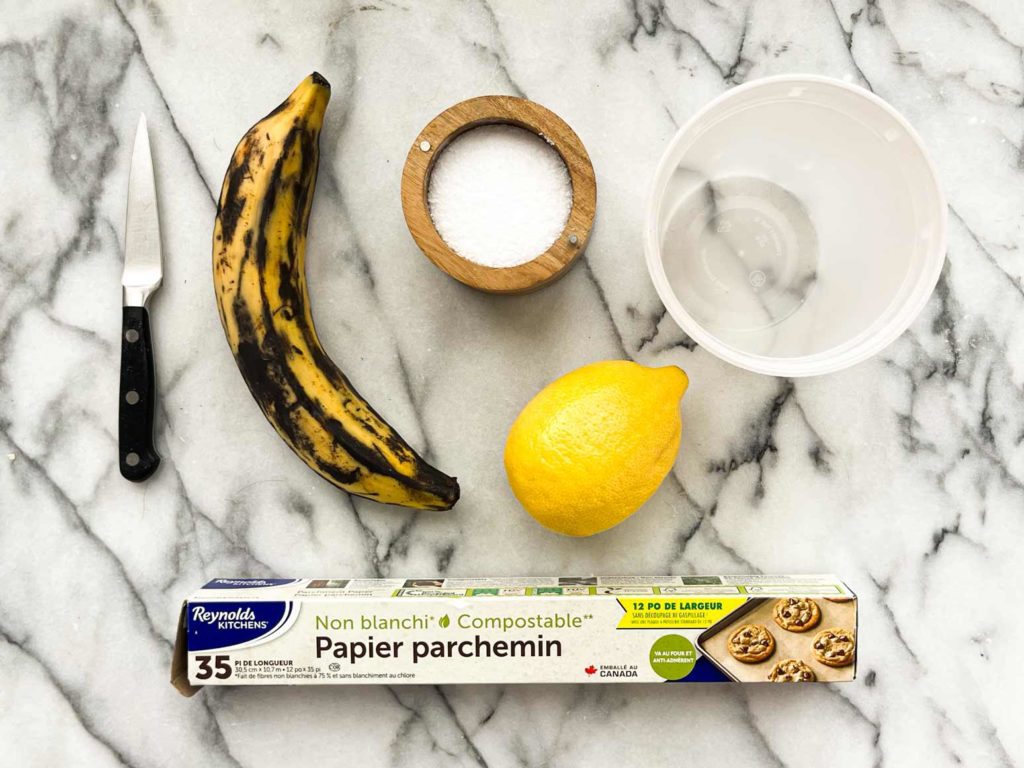
Once you have your items on hand, we can get started on the best way to make frozen plantains.
Step 1 – Choose your ideal ripeness
With most of the world’s plantains being grown in Africa, it’s unlikely that you’re going to find plantains that have ripened on the tree.
Instead, the whole green plantain is picked and shipped to grocery stores around the world.
This means that you’ve ended up with green, unripe plantains sitting on your kitchen counter.
And that’s ok. Because plantains are such versatile fruits, they are used at all stages of ripeness.
When placed at room temperature and out of direct sunlight, they will turn yellow, and go from hard starchy potato-like fruits into soft, banana-like sweet plantains.
They can also be put inside a brown paper bag to help speed this process up.
But the main question is… at what ripeness do you want to freeze your plantains?
This is important because once you’ve frozen your plantains, they aren’t going to continue to ripen after you thaw them out.
The different dishes you will be making will influence the ripeness at which you want to freeze your plantain.
Ripeness Level 0 – Green Plantain (unripe plantain)
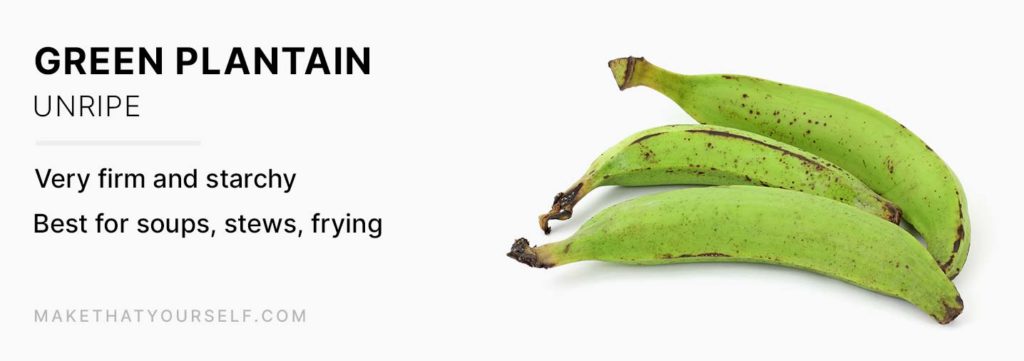
Green plantains act more like a vegetable, and can be a substitute for potatoes in almost any dish. They fry up great, can be boiled and mashed, or even braised.
Because of their hard consistency, green plantains work great for making things like fried plantain chips, or something similar to french fries or tostones.
Ripeness Level 1 – Yellow Plantain (almost ripe)
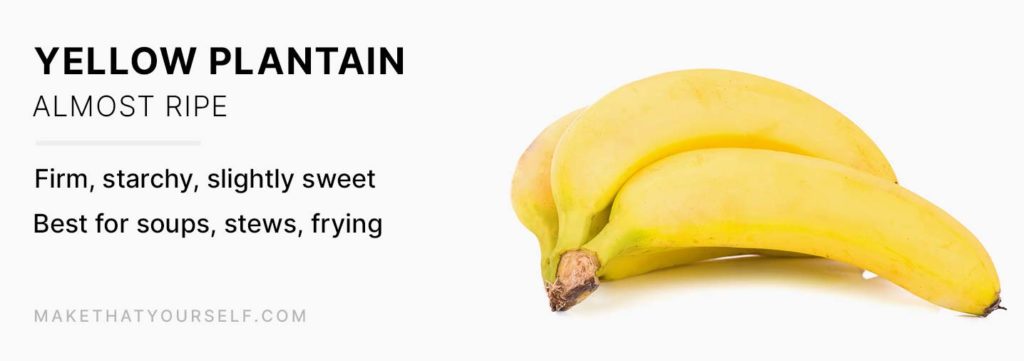
Yellow plantains are like the sweet potatoes of the ripening process. Meaning, they’re still very stiff and starchy but they are slightly more sweet once cooked.
They are great for adding to soups and stews that pair well with slightly sweeter vegetables.
Ripeness Level 2 – Soft Yellow Plantain (ripe plantain)
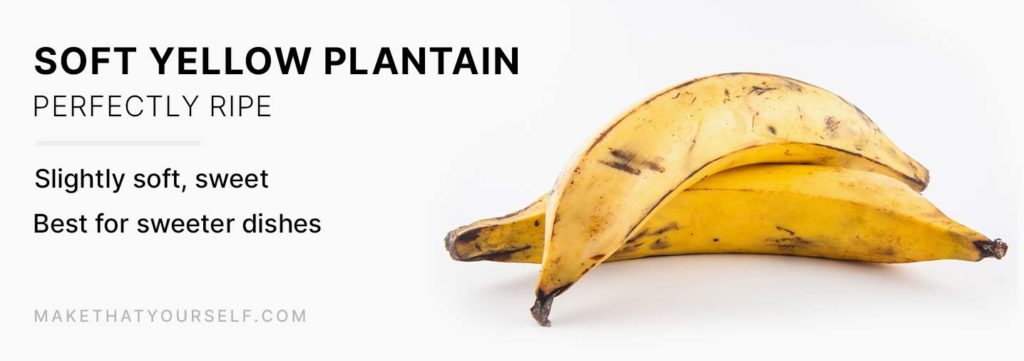
These plantains are yellow and brown spots are beginning to appear. The skin is also slightly soft to push down on.
While they can still be fried, they are likely too sweet to use in place of potatoes or other starchy vegetables.
Ripeness Level 3 – Black Plantain (very ripe)
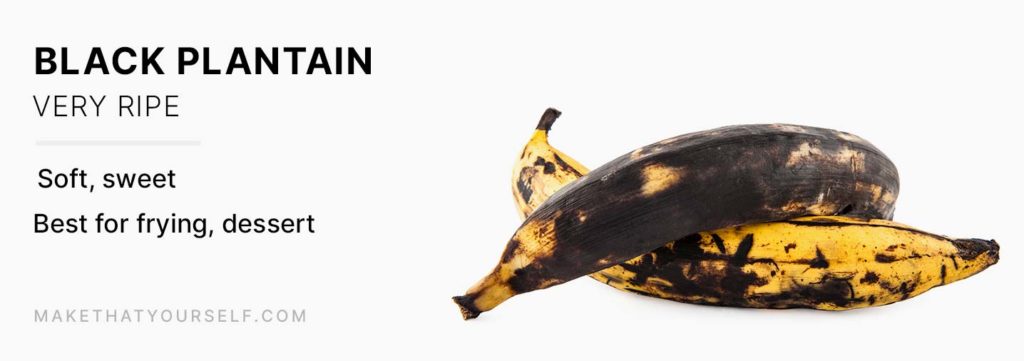
Once the skin turns black, they are now very ripe plantains. They are soft and sweet, and if you aren’t careful you will poke your finger right through to their gooey insides.
They add a custardy like sweetness and texture to desert dishes. These can also be fried on their own, but the result will be more of a sweet dessert due to their sugar content.
Step 2 – Choose your ideal shape
Although it might seem like you could just cut your plantains after thawing them out, they tend to get a bit mushy and harder to work with, so it’s important to freeze them in the state you want to use them in.
Like the previous step, this will depend heavily on the dishes you plan on preparing.
There are a few different ways you can prep your plantains before freezing.
Round Slices
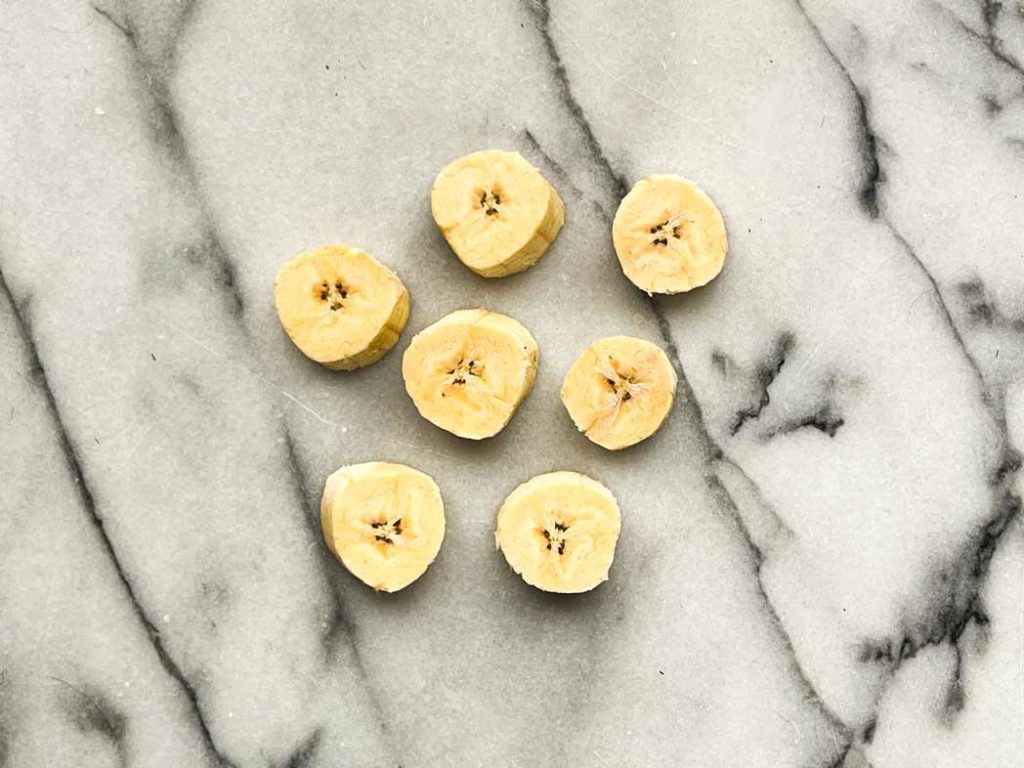
This is much like the usual way you would slice your banana before adding it to a fruit salad. Great for making things like fried plantain slices.
Planks
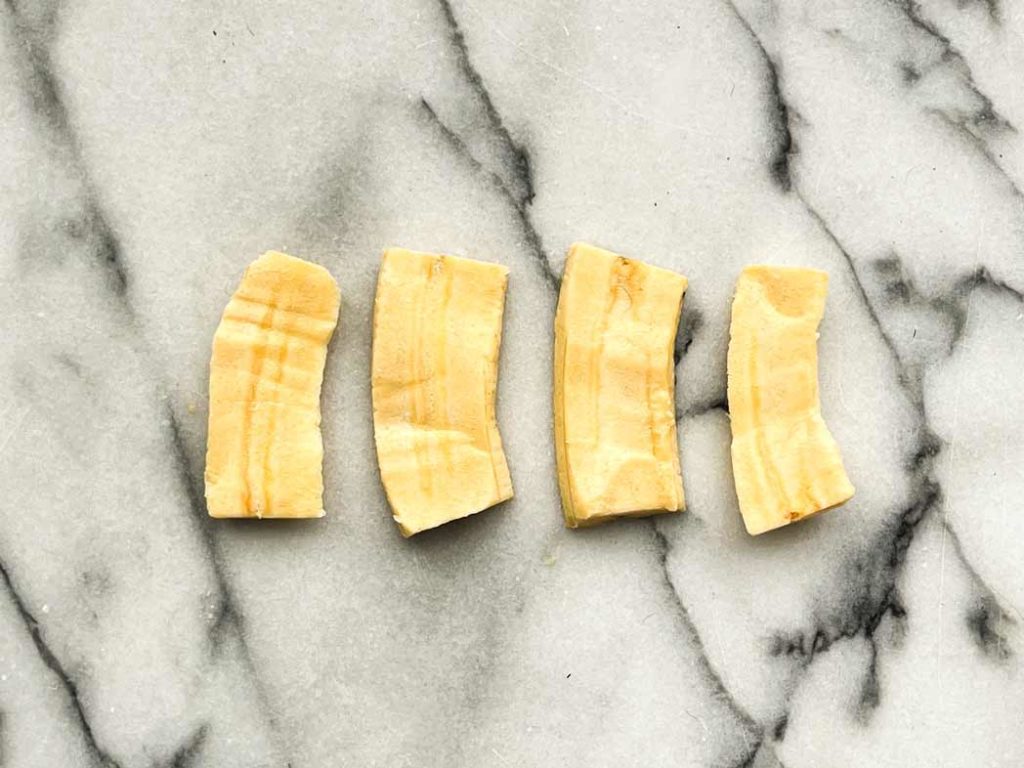
This method creates the most surface area for frying. They are long rectangular sections of the plantain cut lengthwise.
Cubes
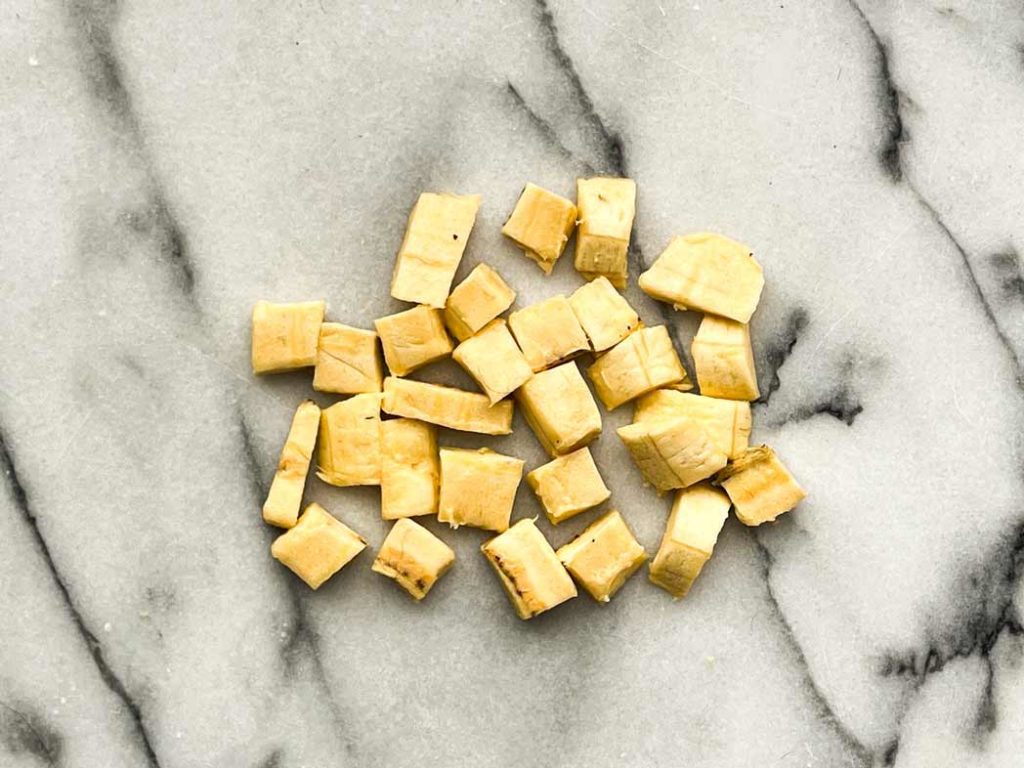
This method is great if you’re planning on making mashed plantain.
Because these cubes are the smallest way to prep your plantains, they will also thaw out the quickest.
Step 3 – Peel and cut the plantains
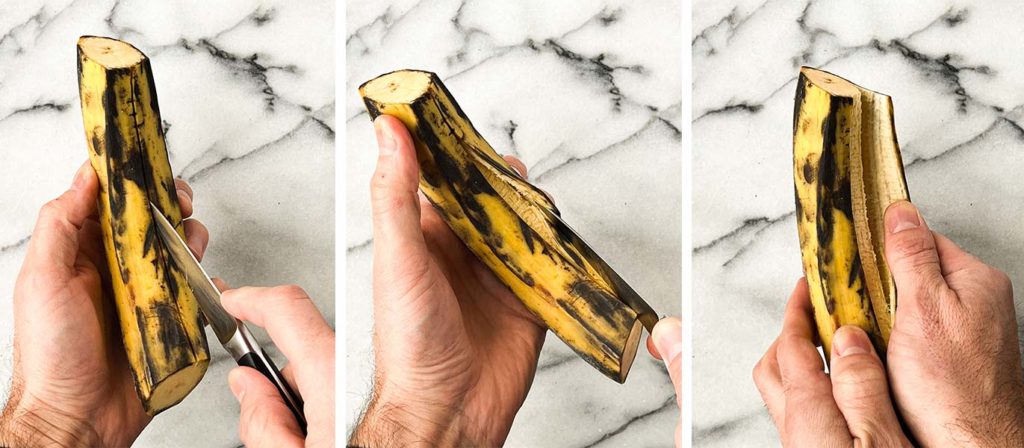
The first thing you need to do is peel your plantain. At first this might sound simple, but depending on the ripeness level, that’s not always the case.
Peeling an unripe plantain is difficult. The green skin is tough and stuck firmly to the inside pith.
They also contain a green sap that can stain your hands, and may cause skin irritation.
Start by cutting off the ends of the plantain, then run your knife vertically from the top to the bottom, ensuring you are only cutting the skin and not into the flesh of the plantain.
After that, use your knife almost like a pry bar to pull up the peel. Once you get started, you can slowly pull the peel away from the flesh.
You can also peel the skin back under running water to take extra care not to stain your hands with the green sap.
If you are using ripe plantains you are in luck. These can be peeled as easily as a banana.
Step 4 – Give them a lemon juice and salt bath
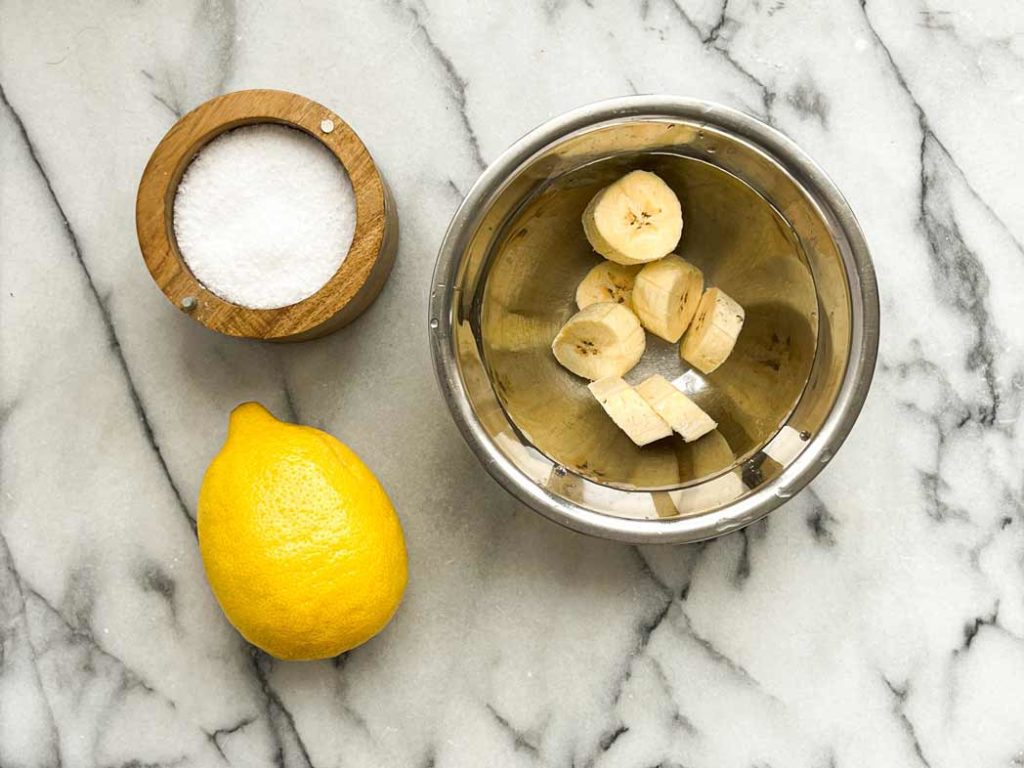
Once you’ve peeled and cut your plantains, the oxidation process begins.
This means they will begin to turn brown quickly, and continue in the freezer.
While this doesn’t hurt them, it helps to prevent this from happening.
Grab a bowl and fill it with a quart of water, then add a tablespoon of lemon juice and a teaspoon of salt.
Toss your cut up plantains into the bowl and give them a quick rinse, then remove them and pat dry on paper towels.
Not only will this stop them from browning, it will wash off any left over sap that remains from the peel.
Step 5 – Spread plantains onto parchment paper
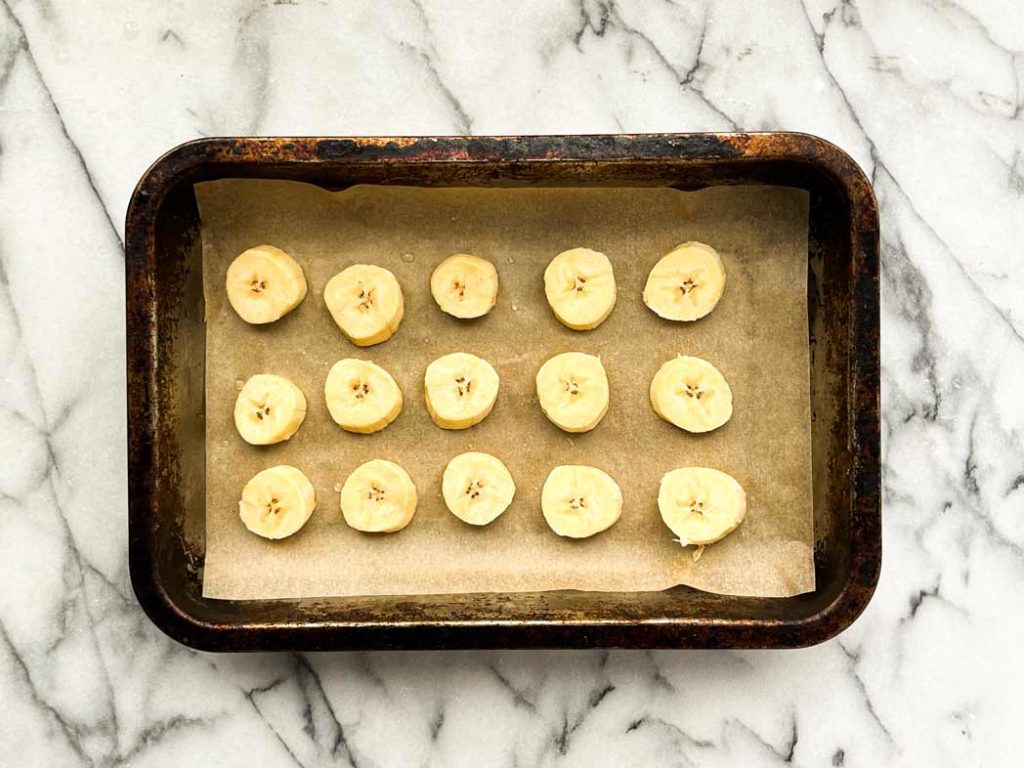
Now get your baking sheet or large plate and lay down your parchment paper.
Now spread your plantains out in a single layer, making sure they aren’t overlapping or touching each other.
If they are overlapping, they will freeze together, making it much more difficult to thaw them out.
To go one step further, you could give them a light spray with olive oil before freezing. This will ensure they don’t stick together during the freezing, or thawing process.
Now wrap the plantains with plastic wrap. This will help to avoid freezer burn.
Step 6 – Allow to freeze completely
Leave the plantains in the freezer undisturbed for a minimum of 2 hours.
After 2 hours, check them to make sure they are completely frozen. If they’re still soft, leave them in until they’re solid.
If you remove them too early from the freezer, they will stick together when you store them in a container.
Step 7 – Remove and add to ideal container
Next, you need to store plantains frozen in an airtight container. The less air the plantains are exposed to, the longer they will keep in the freezer.
If using a freezer bag, be sure to squeeze out as much excess air as possible.
Step 8 – Use within the next 3 – 6 months
If you’ve followed the steps above, your plantains can last up to 12 months in the freezer.
Ideally, try to use them within the first 3 months. After that, check them periodically for freezer burn or browning.
What’s the best way to thaw frozen plantains?
When it comes time to use your frozen plantains, there are a few ways to approach it.
The best way to thaw them is by removing them from the freezer and placing them in the fridge overnight.
This lets them slowly thaw, and avoids too much moisture loss.
If you need them faster, you can place them on your kitchen counter at room temperature and they will thaw in a few hours.
They tend to lose moisture when thawing quickly like this, so it’s best to place them on a plate with paper towels to absorb the moisture.
Can you use frozen plantains in your cooking?
Yes, you can skip thawing all together and cook them frozen.
If you’re making a dish that involves frying or boiling the plantains, just add them directly to the water or hot oil.
This can even work to your advantage by allowing the outside of the plantain to crisp up, while the inside remains a soft creamy texture.
This method works great for an air fryer. Just give them a quick spray with oil, season them, and pop them in (works great for tostones).
If you’re frying, just make sure your oil isn’t too hot, or the outsides will cook too quickly and the insides will still be frozen.
How do you use thawed plantains correctly?
The only thing to note is that you should only thaw the amount of plantain you plan on cooking.
Once thawed, you should not refreeze them. This will break down the flesh too much and result in a watery mush the next time you thaw them.
It’s also important to mention that thawed plantains must be cooked. While it’s never ideal to eat fresh plantains unless they are black, it’s especially not the case after they’ve been frozen.
Can you freeze cooked plantains?
Yes! Cooked plantains can be frozen and then reheated later, however they won’t work quite as well as raw plantains.
Obviously once you’ve frozen them cooked, you will need to eat them in the same way they were cooked.
Just make sure to put them in an airtight container or freezer-safe bags.
Have frozen plantains on hand at all times
Regardless of their ripeness, you can’t go wrong by having frozen plantains in your freezer.
They are great for many dishes, from your main meal, to side dishes, to deserts.
And since they’re high in fiber, they keep you fuller longer while also helping prevent colon cancer.
They are jam packed with Vitamin C, A, and B6, as well as magnesium and potassium.
So the next time you’re at the grocery store, pick up some extra whole plantains and use the steps above to freeze them for next time you need them.
Have more questions? Check out

